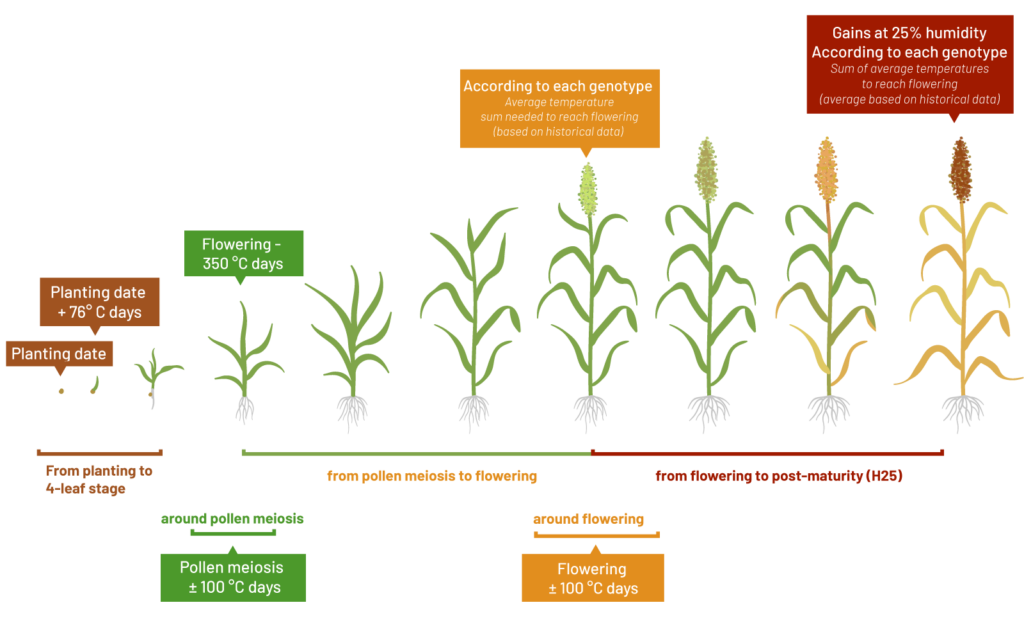Factors that Impact Sorghum Yields the Most

Sorghum is more resilient to climate change, compared to other crops. However, it can be challenged by weather and other factors that can limit its yields. In order to get a better grasp of these limiting factors and help producers avoid them by adequate growing practices, Arvalis carried out an ample study, based on data issued from twenty years of trials. The study was presented during the World Sorghum Conference, in Montpellier, in June, 2023.
Thousands of Trials, to Better Understand the Factors that Limit Sorghum
Arvalis, GEVES, UFS Sorgho, and a whole field trial network have been working together to assess the performance of grain sorghum cultivars in various soil and climate contexts. The studies were carried out for 19 years, in about 22 locations and on 95 genotypes that were evaluated for periods between 3 and 16 years, in both irrigated and unirrigated conditions. This allowed the researchers to build a robust and vast database.
The database allowed the Arvalis experts to analyse various agriculture and climate indicators and determine which ones are more likely to influence sorghum crop yields.
Eight Factors Account for 87,6 Percent of Sorghum Yield
Observations were made during 7 growth stages of sorghum crops.

No fewer than 8 agricultural & climate variables were determined for each of the key growth stages as well as for the whole growth period.

The studies indicate that 87,6 percent of the sorghum yield depends on the eight variables above. One can also see that the most telling variables have to do with high temperatures and water availability.
Continue ?
European Sorghum Congress

Sorghum gives you the floor













